Gaming
Between Chance and Choice: The Enduring Story of Satta Matka in India
There’s something strangely magnetic about luck — that quiet dance between hope and uncertainty. It’s unpredictable, emotional, and a little rebellious. For decades, people in India have chased this feeling through a game that’s as old as it is misunderstood: Satta Matka.
It’s not just about gambling, not really. It’s about instinct, timing, and that irresistible thrill of maybe. The kind of maybe that makes hearts race — the thought that one small choice could shift your fortune, even for a moment.
But how did a simple numbers game born in Mumbai’s backstreets become such a cultural phenomenon?
Where It All Began
To understand Matka, you’ve got to step back to the 1960s — a time when the city of Mumbai (then Bombay) was bursting with ambition. Textile mills were thriving, and the working class was looking for quick escapes from the monotony of everyday life.
It began with something almost harmless: people betting on the opening and closing rates of cotton traded on the New York Cotton Exchange. When the system was banned, locals didn’t give up; they got creative. They replaced cotton rates with random numbers drawn from an earthen pot — the matka.
And just like that, an empire of chance was born.
The simplicity was its genius. You didn’t need money to start a casino or fancy machines to run it. You just needed people, numbers, and belief. It wasn’t just a game; it was a reflection of human nature — bold, curious, and endlessly hopeful.
The Golden Age of Matka
By the 1970s and 80s, Matka had evolved into something far bigger than anyone imagined. It wasn’t just a pastime anymore — it was a movement. Entire neighborhoods revolved around it.
Men gathered around small shops, scribbling on slips of paper, whispering predictions. Results were written on walls or announced over loudspeakers. There was tension in the air, but also excitement — the kind that pulls people together.
During its peak, Ratan Khatri, known as the “Matka King,” became a legend. His operations were massive, spanning across India. Everyone knew his name, yet few had ever met him. Under his watch, the game grew into a billion-rupee industry.
It’s easy to see why. In a city where dreams were both made and broken daily, Matka felt like a shortcut to destiny. And for some, it actually was.
The Fall and Reinvention
Every empire meets resistance, and Matka was no exception. By the 1990s, the government cracked down hard. Raids became routine, and slowly, the game began to disappear from the streets. The physical charm of the clay pots and chalkboards faded, replaced by silence.
But the story didn’t end there.
Because in the internet age, nothing truly dies — it just changes shape. Today, the game has found its way online, reaching people through websites and mobile apps. And that’s where SattaMatka lives on, digital but undeniably familiar.
You can feel the same heartbeat — the same anticipation, the same mix of fear and thrill — just on a screen now instead of a street corner. Players from across the world log in, chasing numbers, chasing chance.
The setting may be modern, but the emotion? Timeless.
The Psychology of Risk
It’s easy to dismiss Matka as “just gambling,” but that’s missing the point. What drives it isn’t greed; it’s curiosity. It’s the same reason people play the lottery, check horoscopes, or hope for lucky draws.
There’s something deeply human about wanting to believe we can bend fate — even for a second. For many players, Matka wasn’t about money. It was about hope. The possibility of a small miracle in the middle of ordinary life.
And isn’t that what we all crave sometimes? That small moment where everything changes — or could?
Matka tapped into that space beautifully. It wasn’t logical, but it was alive.
The Indian Relationship with Luck
India has always had a complicated love affair with fate. We worship gods of fortune, tie threads for blessings, and plan big days based on astrology. That same spiritual rhythm runs through Matka.
That’s what makes Indian Satta more than a game — it’s almost cultural. It reflects the way Indians think about destiny: that luck isn’t random, it’s earned. Through faith, timing, or just guts.
It’s also about community. Even now, in smaller towns, you’ll find people discussing numbers, stories, patterns — all with the same fascination. It’s not about rebellion anymore; it’s nostalgia, a reminder of the city’s heartbeat during a different time.
The Good, The Bad, and The Real
Of course, Matka isn’t without its shadows. Like any form of gambling, it’s a double-edged sword. Some players have lost everything chasing luck that never came. Families have been torn apart, lives ruined.
It’s easy to romanticize the nostalgia, but it’s equally important to acknowledge the damage. The line between thrill and addiction can be dangerously thin.
But maybe that’s part of the paradox. Because while it’s true that Matka can harm, it also symbolizes resilience — the refusal to give up, the constant belief that tomorrow could be different.
And isn’t that what life is, in its own way? A mix of risk, regret, and redemption?
From Mumbai Streets to Digital Screens
Today, Matka lives quietly in the digital shadows. Websites have replaced bookies, and algorithms have replaced slips of paper. The thrill, though, hasn’t faded. It’s still there — only now, it’s global.




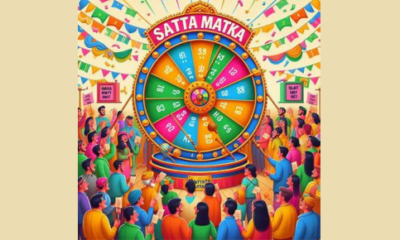
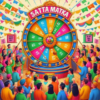

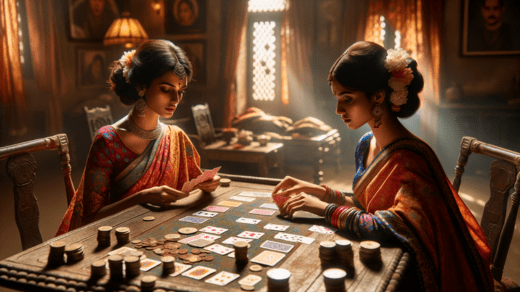


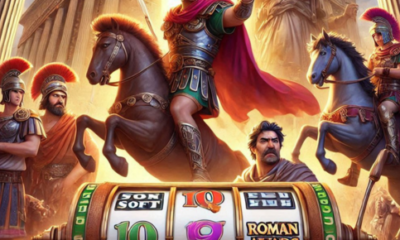



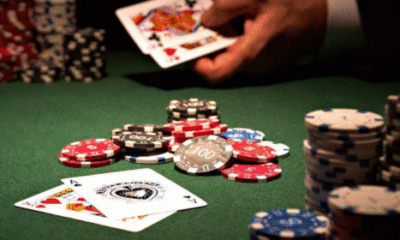
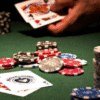
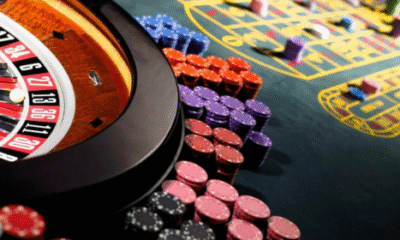





You must be logged in to post a comment Login